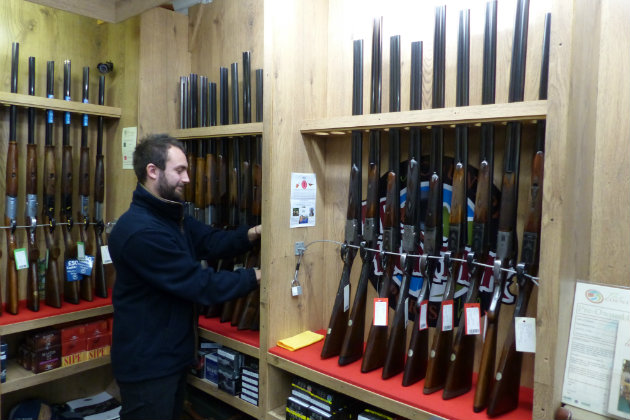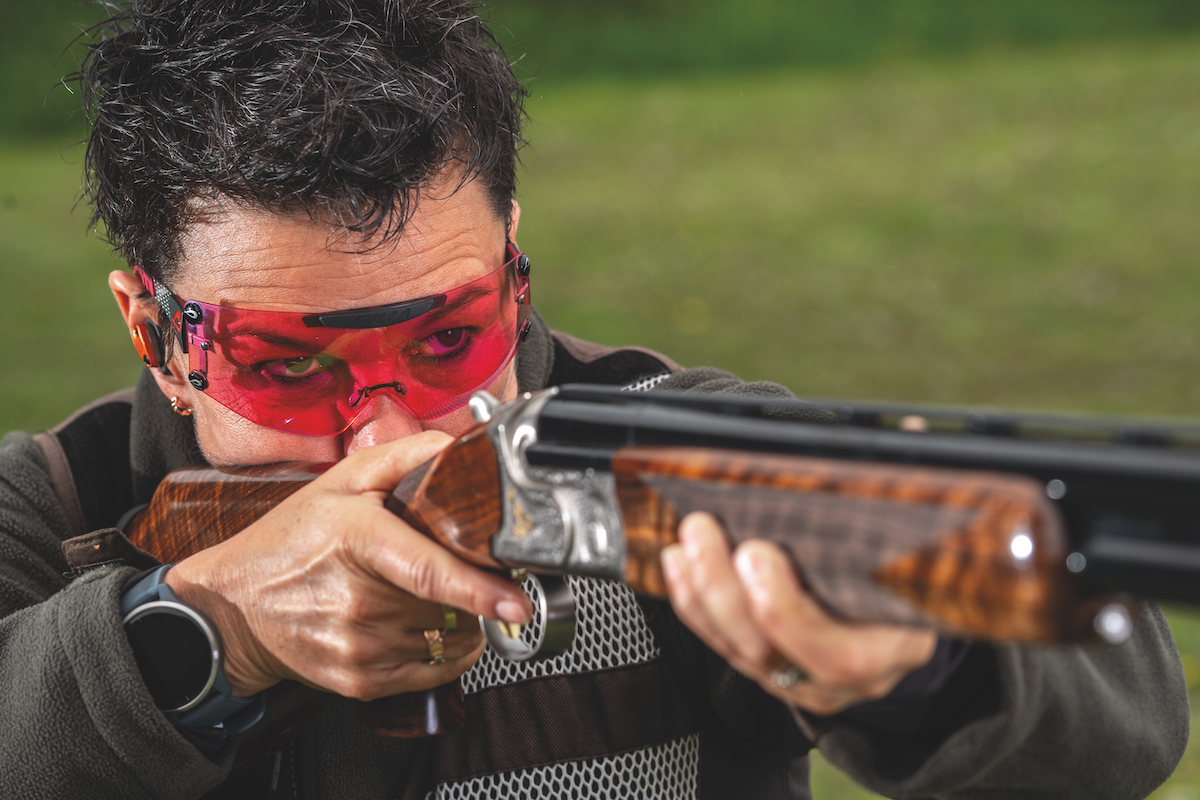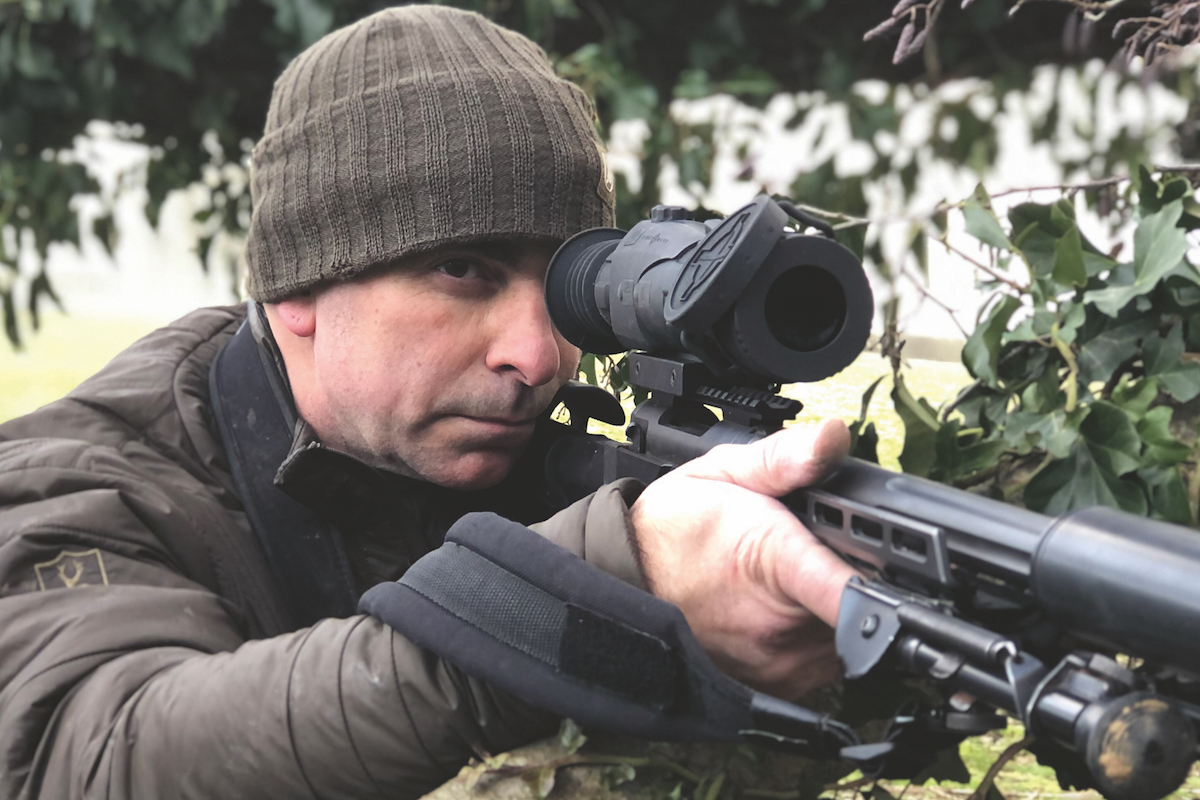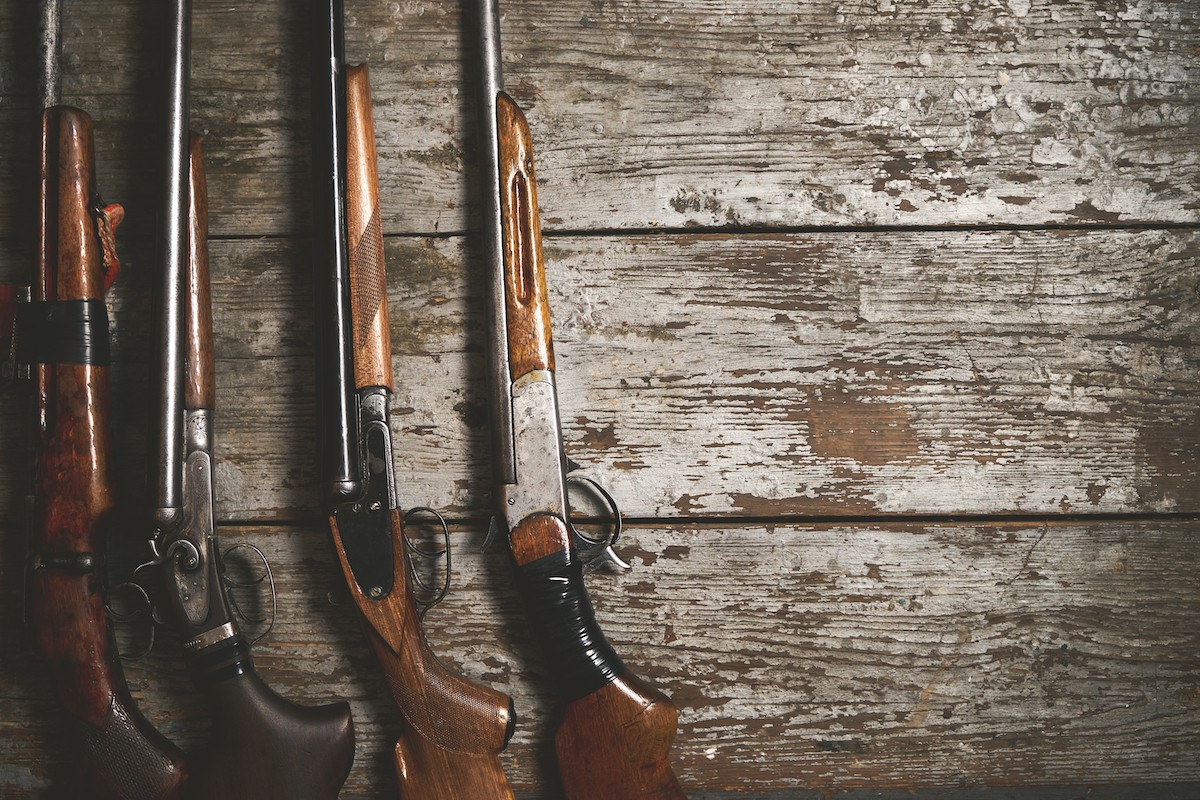Finding the one – your perfect gun
Count yourself lucky if the first gun you clap eyes on fits the bill perfectly. Most of us are not so fortunate, says Robin Scott

Buying and selling guns is part and parcel of the enjoyment of shooting. It’s all about finding “the one”.
All I can say is count yourself lucky if the first gun you clap eyes on fits the bill perfectly and that, shunning all others, you stay faithful to it ever more.
The majority of us are not so fortunate; years, months, even weeks after buying a gun, niggling self doubts often start bubbling up. Would I shoot better if it had longer barrels? Is this one too heavy? Would it feel more comfortable with a slimmer grip? Endless other reasons for why we’re not shooting as well as we ought – or thought – drift into mind.
Maybe you simply want to trade up to a better model, or you like the look of a friend’s gun with its better-figured stock and neater engraving. The reasons for changing or adding guns are endless.
Specialist role
Yet even when we do find “the one” of our dreams, another acquisition is surely bound to come along sooner, not later. Which is why most of us invariably end up with several guns in the cabinet, not a singleton. Each will have been bought to serve a purpose, and fill a specialist role.
I thought my buying days were over when I settled at long last on a Winchester Supergrade Game, then some years later a Browning B125 Sporter. They covered every eventuality, and fell within my budget. Yet before them went several Remington 1100s, a belting Winchester 1400 trap gun and others including an IAB Tiger, Miroku HSW, an SKB, Baikal, Valmet, Zabala, Marocchi and a made-in-Spain Aramberri modeled perfectly on a Perazzi. It was cheap as chips, handled like a dream… but pinged a spring or bent a cocking rod almost every other box of cartridges.
Regret
And then there was a Winchester 6500 Sporter sold to my friend and Sporting Gun colleague, Mike George to help finance the Browning. Hindsight’s a great thing. I wish now that his Winchester was resting cheek by jowl with the 125 in the cabinet.
Barrel length, balance, and weight made it the ideal all-rounder for my shooting: pigeon decoying, wildfowling, game shooting and Sporting clays. I just didn’t realise it back then.
Most shooters easily relate to selling guns they shouldn’t have done. Or kick themselves for not buying that once-in-a-lifetime beauty when it eventually came their way. My deepest regret is not snapping up another Winchester 6500, in this instance a 32in trap gun. The Winchester 101 range had just then been taken on, redesigned and marketed by Vic Harker under his Classic Doubles banner. The Sporter came first. And I bought it. Soon after, Vic launched a range of trap guns with a demonstration day at Ben Muttock’s Northampton Shooting Ground.
Based on the fit of his Sporter, I knew the trap gun wouldn’t be too far out because, while he’s nowhere near as good looking as me, we’re both a very similar height with body structure to match. I had long since given up shooting Automatic Ball Trap because my best score, after years of trying, only amounted to 19 ex 25. Guess what? Over three rounds of ABT I managed 23, 24 and 24 ex 25. I should’ve reached for the cheque book, then and there…
Out of the box
All those years ago when I was going through the learning curve about what might suit me best, there was scant information to help point folk like me in the right direction. You could only look at what others were using at the gun club, or out in the field, and ask them their opinion.
Maybe finding a suitable and reliable “out of the box gun” back then (O/U or semi-auto) was far easier than it is today because the choice boiled down to just a handful of makes – Browning, Beretta, Miroku, Winchester or Remington.
The fact the first three of these still lead the way after so many years speaks volumes for their enduring quality, reliability and worksmanship. But look at the market now! It’s awash with guns from almost every corner of the world.
Thanks to modern CNC machinery and advanced metallurgy, even the cheapest are made to far higher standards than they were 40 years ago.
When all is said and done, our eventual choice comes down to the same time honoured things such as: how much we can afford? And how much shooting we plan on doing?
Buying your first shotgun: here’s how to make the right choice
It’s never too soon to start looking at guns with a view to buying your first and any dealer will…
15 things to know when buying your first gun
Apply for your shotgun certificate in plenty of time. Depending on where you live in the country it could take…
The gun you shouldn’t have sold
Most of us, I’m sure, will have experienced that sinking feeling at some time or other — the one when we realise that we…
If our annual consumption of cartridges amounts to just a few boxes each season then a “cheap” reasonably-fitting gun will cope with the workload. Why spend a small fortune on one that only sees the light of day half a dozen times a year?
On the other hand, if it’s going to be used every weekend and fire several thousand cartridges then there are no ifs or buts about it – dig a bit deeper and buy reliability. There are plenty of makes on the gun rack delivering just that… and in their basic grades they don’t cost a deal more than many so-called “entry level” guns.
Pop along to one or two busy shooting schools and see what’s in use for daily lessons and loan guns on corporate days. Chances are you will come across bog standard Mirokus, Berettas and Browning O/Us, each having shot hundreds of thousands cartridges, never needing anything more than routine cleaning and servicing to keep them ticking along.













